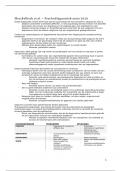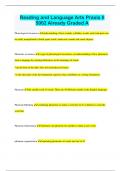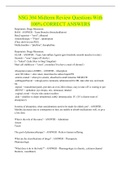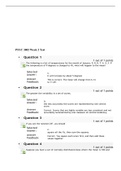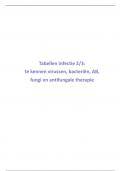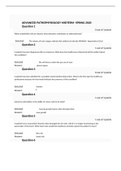Samenvatting
Samenvatting artikelen - Psychodiagnostiek - GZP master
Uitgebreide samenvatting van de verplichte artikelen voor het vak Psychodiagnostiek gegeven in de master Gezondheidszorgpsychologie aan de Radboud Universiteit. In deze samenvatting: - Merckelbach et al. – Psychodiagnostiek anno 2020 - Wright - Conducting Psychological Assessment (In het Engel...
[Meer zien]
